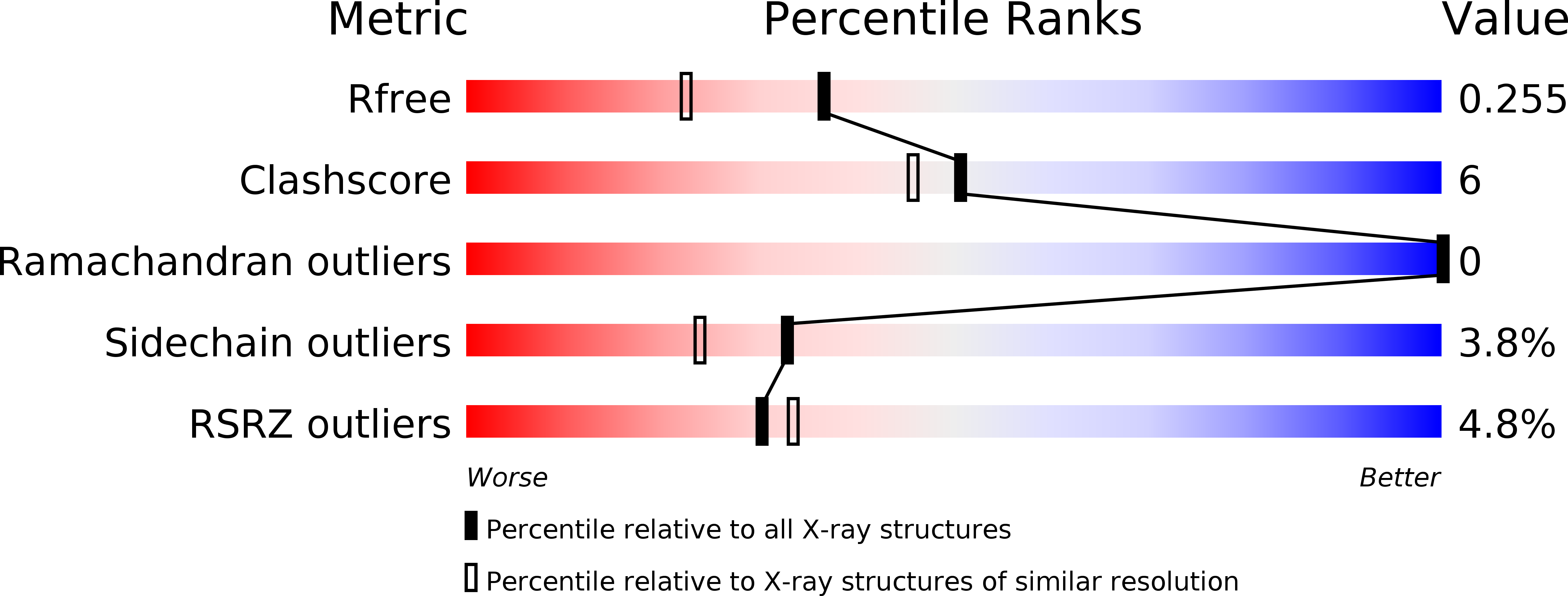
Deposition Date
2019-08-30
Release Date
2020-01-01
Last Version Date
2024-10-16
Method Details:
Experimental Method:
Resolution:
1.90 Å
R-Value Free:
0.24
R-Value Work:
0.20
R-Value Observed:
0.20
Space Group:
P 1 21 1


